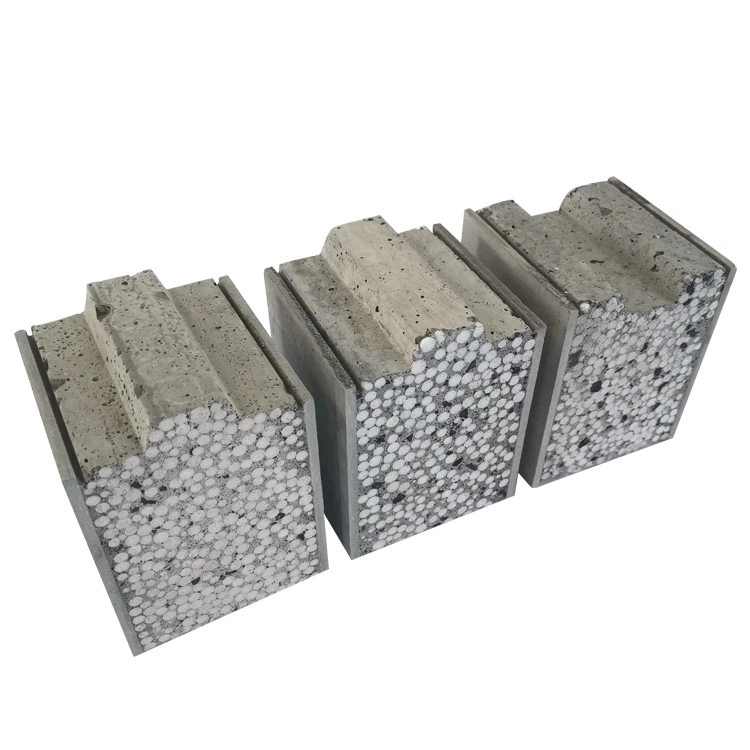When it comes to construction, there are a variety of materials to choose from, each with its own unique set of advantages and disadvantages. However, one material that stands out as the most common is concrete. In this article, we will explore the pros and cons of using concrete as a construction material, and why it remains a popular choice for builders around the world.
What is Concrete?
Concrete is a composite material made up of cement, water, and aggregates such as sand, gravel, or crushed stone. It is a versatile material that can be molded into any shape and size, making it ideal for a wide range of construction projects. Concrete is also known for its durability, strength, and resistance to fire, water, and weather.
Pros of Using Concrete:
- Durability: Concrete is one of the most durable construction materials available, with a lifespan of up to 100 years or more. It can withstand heavy loads, extreme temperatures, and natural disasters such as earthquakes and hurricanes.
- Strength: Concrete is a strong material that can support heavy structures and resist deformation. It is also resistant to compression, making it ideal for building foundations, walls, and floors.
- Fire Resistance: Concrete is a non-combustible material that can withstand high temperatures and prevent the spread of fire. This makes it a popular choice for building structures that require fire resistance, such as hospitals, schools, and commercial buildings.
- Low Maintenance: Concrete requires minimal maintenance, making it a cost-effective choice for construction projects. It does not require painting or sealing, and can be easily cleaned with water and soap.
Cons of Using Concrete:
- Environmental Impact: The production of concrete requires a significant amount of energy and resources, which can have a negative impact on the environment. The production process also generates a large amount of carbon dioxide, a greenhouse gas that contributes to climate change.
- Cracking: Concrete is prone to cracking over time, especially if it is exposed to extreme temperatures or heavy loads. This can lead to structural damage and the need for costly repairs.
- Limited Aesthetic Options: While concrete can be molded into any shape and size, it has limited aesthetic options compared to other materials such as wood or stone. It can be difficult to achieve a unique or customized look with concrete.
Conclusion:
Despite its drawbacks, concrete remains the most common construction material due to its durability, strength, and fire resistance. However, builders must also consider the environmental impact and potential for cracking when using concrete in construction projects. By weighing the pros and cons, builders can make an informed decision on whether concrete is the right material for their project.


More Stories
Key Technical Features and Performance Indicators of a Gypsum Mortar Production Equipment Weighing System
Building Facilities Construction
5 Creative Uses for Single Wire Hooks in Everyday Life